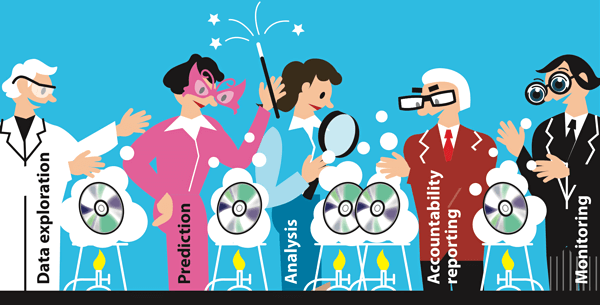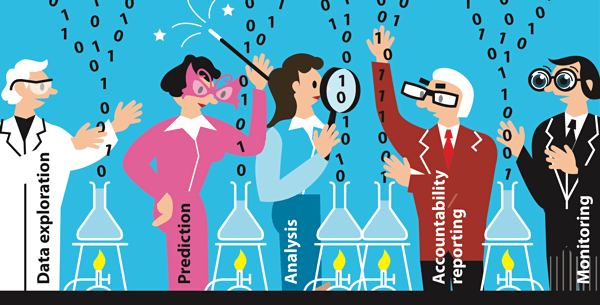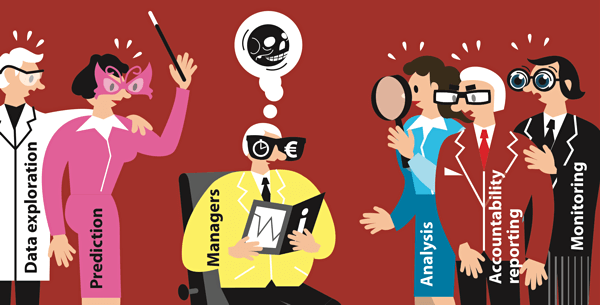Creating tailwind for your data organisation

Data gets value by applying the insights derived from it. Therefore, the responsibility for organising data is with the people who apply the insights. They know what information they need. The BI departments, BI competency centres, analytics departments and IT departments of most organisations struggle with organising...
keep on reading
How connected architecture came into being

The story which we tell in “Connected Architecture: the end of information chaos” is founded in the convictions we have built up by practical experience in the many projects which we have carried out. Our view on the world of data Changeability in organisations and their environments has grown. That is unlikely...
keep on reading
Connected architecture: the end of information chaos

— written by Marnix Dalebout and Martijn ten Napel We live in an age where data technology is developing at an accelerated pace. The massive increase in information and its possible applications have led to an increase in complexity and information chaos. We see a lot of companies struggling with their data use....
keep on reading
The answer to complexity is not more complexity (5/5)

I started with the question why it is so difficult to get a grip on information projects. To unravel this question, I started looking at how information is used, what this means for the interaction between information consumers and information producers and how context can increase the complexity in an interaction...
keep on reading
The role of context: the source of all complexity (4/5)

The question of what differentiates BI or analytics from other data uses has always interested me. I think that I am now able to answer the question quite simply: we deal with context differently. Data is used to gain insights into where we stand with our organisations, how effortless or cumbersome the operational processes...
keep on reading
The aim of an information request: information valorisation (2/5)

This article examines the aim of an information request: what are we going to do with all the information which is available in an organisation? A great deal of money is invested in information and data projects. That investment should lead to more added value in the operation. This is also true of information which is used for...
keep on reading
The complexity of information projects (1/5)

Never before has there been such intense interest in data. At the same time, expectations about what you can do with data have also never been quite so overheated. Over the years, the recurring complaint of managers has been the question: Why does it take so long to make information available? The recurring complaint of many...
keep on reading
« Previous
1
2
3
Next »











